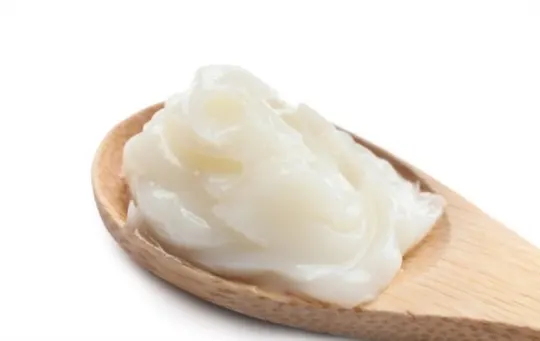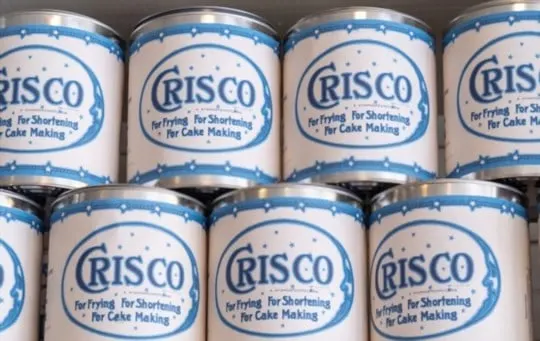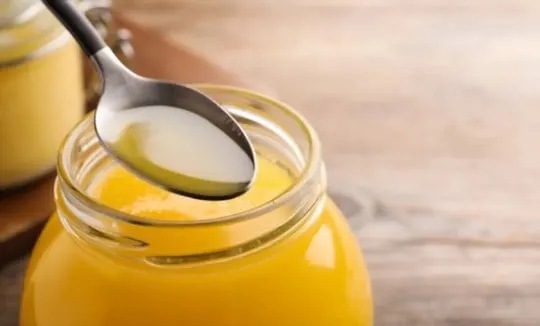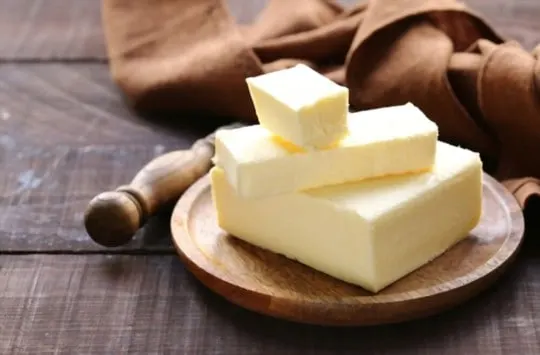Suet’s tricky to swap out, right? Wrong. We’ve got you covered with the top 5 kick-butt substitutes.
Suet, that hard fat around the kidneys in cows and sheep, is a baker’s secret for flaky pastries and traditional puddings.
Yet, here we are, making it simple for you. Why stick to the old ways when health and availability send us on a new quest?
From coconut oil to butter, we’ve tested and tasted our way to find the best alternatives.
These swaps aren’t just stand-ins; they’re game changers.
Ready to revolutionize your cooking? Stick with us, and let’s dive in.
The 5 Best Substitutes for Suet in Cooking
If you’re looking for a suet substitute in cooking, you have a few options Here are the five best substitutes for suet, including both animal and vegetable fats.
1 – Beef Tallow

Beef tallow is a type of fat that is rendered from beef suet, which is the hard fat that surrounds the kidneys.
While it has a high saturated fat content, beef tallow also contains significant amounts of monounsaturated and polyunsaturated fats.
Beef tallow can be used in cooking as a flavor enhancer or as a cooking oil.
It has a high smoke point, which makes it ideal for frying foods.
When used as a flavor enhancer, beef tallow can add richness and depth of flavor to dishes.
It can also be used to make pastry crusts and gravy.
Beef tallow can be stored in the refrigerator or freezer and will keep for several months.
2 – Lard

Lard is a type of fat that is derived from pigs.
It is commonly used in baking and frying, and can also be used to add flavor and richness to dishes.
Lard is high in saturated fat, which makes it solid at room temperature.
It also has a high smoke point, which makes it ideal for cooking at high temperatures.
When cooking with lard, it is important to render the fat before using it.
This process removes impurities and gives the lard a higher smoke point.
To render lard, simply place it in a pan over low heat and allow it to melt slowly.
Once melted, strain the lard through a cheesecloth or coffee filter to remove any solid bits.
Lard can then be used in any recipe that calls for animal fat.
It can also be stored in the refrigerator for up to six months.
3 – Vegetable Shortening

Vegetable shortening is a type of fat that is solid at room temperature.
It is made from vegetable oils that have been hydrogenated, which means they have been treated with hydrogen gas to make them solid.
Hydrogenation also increases the shelf life of the fat.
Shortening is often used in baking because it helps to create a light, flaky texture in pastry crusts and cakes.
It can also be used for frying, as it has a high smoke point and does not emit harmful chemicals when heated.
When cooking with vegetable shortening, it is important to use it sparingly, as it is high in saturated fat.
Shortening can be stored in the pantry or refrigerator for extended periods of time.
However, if it becomes hard or lumpy, it should be discarded.
4 – Ghee

Ghee is a type of clarified butter that is very popular in Indian cuisine.
It is made by simmering butter until the water evaporates and the milk solids settle to the bottom.
The clear, yellow butterfat is then strained off, and the remaining ghee is ready to use.
Ghee has a higher smoke point than regular butter, making it ideal for cooking at high temperatures.
It also has a rich, nutty flavor that enhances the taste of many dishes.
Ghee can be used in place of oil or butter in virtually any recipe, and it is often used as a finishing touch to add a bit of richness and flavor.
Whether you are cooking traditional Indian dishes or simply looking for a new way to enhance your favorite recipes, ghee is definitely worth trying.
5 – Butter

Butter is a churned dairy product made from cream or milk.
It’s a key ingredient in many recipes, from fluffy pancakes to rich sauces.
When used properly, butter can add a delicious depth of flavor to dishes.
However, it can also be tricky to work with.
Butter has a relatively low melting point, so it can quickly become greasy or runny when heated.
It’s important to use the right type of butter for your dish and to cook it carefully to ensure optimal results.
There are several different types of butter available on the market, each with its own unique flavor and texture.
The most common type of butter is salted butter, which is ideal for baking or savory cooking dishes.
Unsalted butter, on the other hand, is best for sweet recipes like cookies or cakes.
There is also specialty butter available, such as clarified butter, which is perfect for sauteing or frying.

Leave a comment